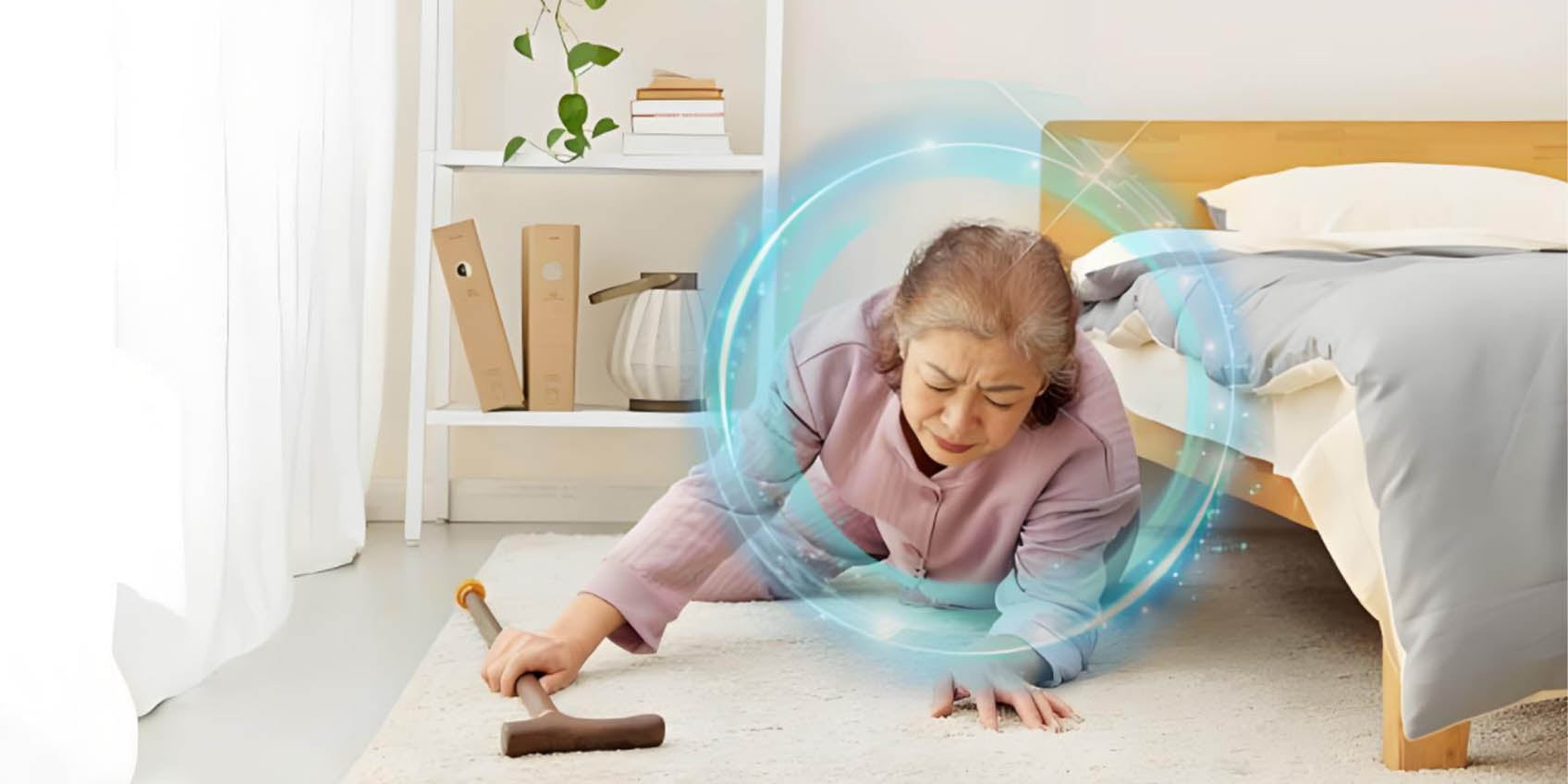AI, IoT & ToF Sensors Transform Fall Detection and Public Safety

Revolutionizing Fall Detection with AI, IoT, and ToF Sensors for Smarter Elderly Care and Public Safety
The integration of Artificial Intelligence (AI), Internet of Things (IoT), and cutting-edge sensor technologies like Time-of-Flight (ToF) sensors, accelerometers, and gyroscopes is transforming the way we monitor and respond to fall incidents. In environments such as smart homes, hospitals, elderly care facilities, and public spaces, smart fall detection systems are becoming essential tools for real-time monitoring, immediate response, and enhanced personal safety. These systems go far beyond traditional fall monitoring, offering automated, intelligent solutions that improve outcomes and preserve independence, particularly for the elderly and vulnerable populations.
What is a Smart Fall Detection System?
Smart fall detection uses a network of advanced sensors and AI-powered algorithms to continuously monitor a person’s physical movements and identify unusual postures or motion patterns that suggest a fall. Once detected, the system automatically sends alerts to caregivers, family members, or emergency responders, enabling swift intervention. This modern approach significantly reduces the response time and helps prevent serious injuries or complications, especially in aging societies.
Wearable Fall Detection with ToF Sensors and Machine Learning
Personalized Monitoring
Wearable devices such as smartwatches, sensor-equipped belts, or smart textiles integrate ToF sensors to capture 3D motion data and posture in real-time. These wearables are capable of distinguishing between normal daily movements and high-risk situations like slips or collapses.
Intelligent Decision Making
Machine learning algorithms analyze large datasets to adapt to individual movement patterns, reducing false positives while maintaining high sensitivity to actual falls. Over time, the system learns to anticipate and alert based on personalized behavior models.
Non-Contact Fall Detection for Privacy and Comfort
To enhance user experience and maintain privacy, many systems now employ non-contact technologies like infrared depth sensors and ToF cameras. These systems provide continuous observation without physically touching the individual, making them ideal for bedrooms, bathrooms, or communal living areas where privacy is essential.
Smart Homes: Safer Living for Seniors
In a smart home environment, fall detection systems become an integral part of home automation. Upon detecting a fall:
-
Automated alerts are instantly sent to pre-set emergency contacts.
-
Smart devices like lights and locks respond in sync, turning on lights for visibility or unlocking doors for emergency responders.
-
Integrated voice assistants or display panels can guide the individual or alert nearby persons audibly.
These features create a connected ecosystem that prioritizes safety, convenience, and rapid response.
Health Tracking and Rehabilitation Assistance
Fall detection systems are also key to long-term health management:
-
Activity tracking features allow healthcare providers to assess mobility trends, energy levels, and physical engagement.
-
Based on sensor data, the system can suggest custom exercises to enhance balance and strength, preventing future falls.
-
Historical data helps physicians tailor rehabilitation programs for post-fall recovery, ensuring progressive improvement and reduced recurrence risk.
Enhancing Public Safety with Fall Detection in Smart Buildings
In public spaces like malls, airports, hospitals, and retirement homes, smart fall detection technology enables instant, scalable safety monitoring:
-
Real-time alerts notify on-site staff or emergency personnel when a fall is detected.
-
Integration with CCTV and building automation systems allows for faster location tracking and streamlined emergency access.
-
In smart city frameworks, these systems can tie into urban safety networks, ensuring synchronized responses across facilities and departments.
Protecting Privacy and Data in Monitoring Systems
Even as fall detection systems become more intelligent, data privacy remains a top priority:
-
Anonymous data collection ensures that only necessary motion metrics are recorded.
-
All fall-related data is encrypted and transmitted securely, accessible only to authorized personnel.
-
Transparent privacy policies inform users of what is collected and how it is used, building trust and user confidence.
Real-Time Alerts and Seamless Emergency Response
Continuous monitoring combined with real-time analytics ensures instant feedback and intervention:
-
As soon as a fall is detected, alerts are sent via SMS, push notifications, or in-app messages.
-
Systems can automatically dial emergency services or notify caregivers with real-time location and status updates.
-
Integration with existing emergency management infrastructure improves coordination, reducing delays and saving lives.
Conclusion: The Future of Smart Fall Detection
With the rise of AI, ToF sensor technology, and intelligent health systems, smart fall detection is becoming an indispensable component of elder care, healthcare, and smart public safety infrastructure. These systems not only detect incidents with high accuracy but also enable timely response and proactive health management.
As innovations continue, fall detection will evolve to be more personalized, intuitive, and integrated—providing peace of mind for families, support for healthcare providers, and safety for individuals in every environment.
Slamtec RPLIDAR A1 360° 12m LiDAR Sensor for Robot Navigation
After-sales Support:
Our professional technical team specializing in 3D camera ranging is ready to assist you at any time. Whether you encounter any issues with your TOF camera after purchase or need clarification on TOF technology, feel free to contact us anytime. We are committed to providing high-quality technical after-sales service and user experience, ensuring your peace of mind in both shopping and using our products.








